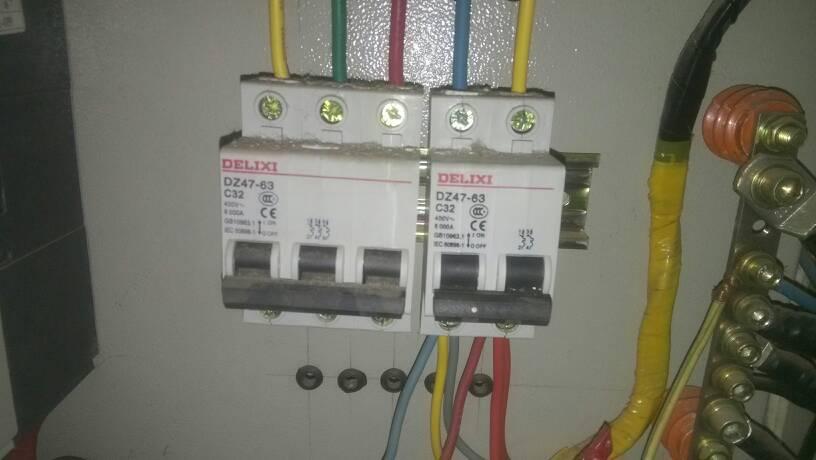Live wiring, connect live wire first or neutral wire first? Remember this order and do not get an electric shock no matter how you connect it
Live wiring, connect live wire first or neutral wire first? Remember this order and do not get an electric shock no matter how you connect itElectrical maintenance is a task that requires strict adherence to safety operating procedures. When dealing with live wiring, the correct operating sequence is crucial to ensure that we do not experience electric shock or other risks during the repair process

Live wiring, connect live wire first or neutral wire first? Remember this order and do not get an electric shock no matter how you connect it
Electrical maintenance is a task that requires strict adherence to safety operating procedures. When dealing with live wiring, the correct operating sequence is crucial to ensure that we do not experience electric shock or other risks during the repair process. This article will provide a detailed introduction to the correct sequence of live wiring and how to ensure one's own safety.
Firstly, we need to understand the concepts of the hot line and the zero line. In home circuits, current flows into appliances through the live wire and then returns to the power supply through the zero wire. The live wire is usually a red or brown wire, while the neutral wire is usually a blue wire. The correct connection of the live and neutral wires is crucial for the normal operation of electrical appliances.
Next, let's understand the correct sequence of live wiring. When we need to deal with live electrical appliances, we should first disconnect the power supply, unplug the electrical plug, or turn off the circuit switch. This is the first step to ensuring one's own safety. Before conducting live wiring, be sure to wear personal protective equipment such as insulated gloves and goggles, just in case.
Next, the neutral wire should be connected first, and then the live wire. This order is very important. Firstly, connect the zero line to the corresponding connection point of the electrical appliance. The connection point of the zero line is usually marked with the letter "N", which can also be confirmed according to the electrical wiring diagram. Ensure that the connection is secure and there are no loose or exposed wires.
Next, we will connect the live wire. The connection point of the fire wire is usually marked with the letter "L" or a lightning symbol. Just like connecting the zero wire, ensure that the connection is secure and there are no loose or exposed wires. If there are difficulties or uncertainties during the connection process, do not force the operation. Seeking professional help is a wise choice.

Be careful when wiring or removing wires. Use insulated tools to avoid direct contact with wires. Ensure that hands are dry and avoid contact with other metal objects to prevent the risk of electric shock.
In addition, there are some additional safety measures worth keeping in mind. Before conducting live wiring, we should ensure that we have sufficient knowledge and skills to avoid operational errors. Regularly check the wires and plugs of electrical appliances for damage or aging. If there are any problems, they should be replaced or repaired in a timely manner. At the same time, avoid connecting too many electrical appliances to the same socket to prevent power overload.
In short, live wiring needs to be strictly operated in the correct order, that is, connect the neutral wire first, and then connect the live wire. The key to ensuring one's own safety lies in the correct operating sequence and the use of personal protective equipment. Although we try our best to follow safety operating procedures, if we are unsure or lack experience with live wiring, it is best to hire a professional to complete it. Safety is always the most important thing, don't take risks just in case.

Disclaimer: The content of this article is sourced from the internet. The copyright of the text, images, and other materials belongs to the original author. The platform reprints the materials for the purpose of conveying more information. The content of the article is for reference and learning only, and should not be used for commercial purposes. If it infringes on your legitimate rights and interests, please contact us promptly and we will handle it as soon as possible! We respect copyright and are committed to protecting it. Thank you for sharing.(Email:[email protected])















